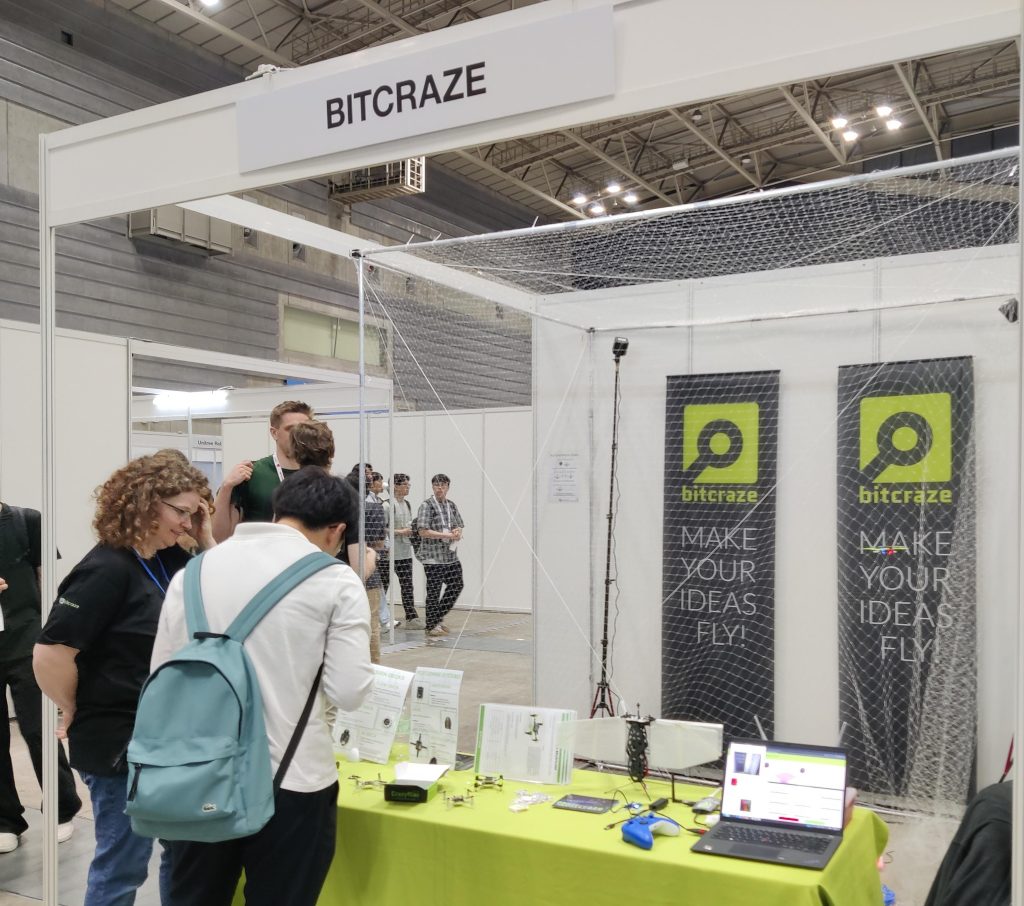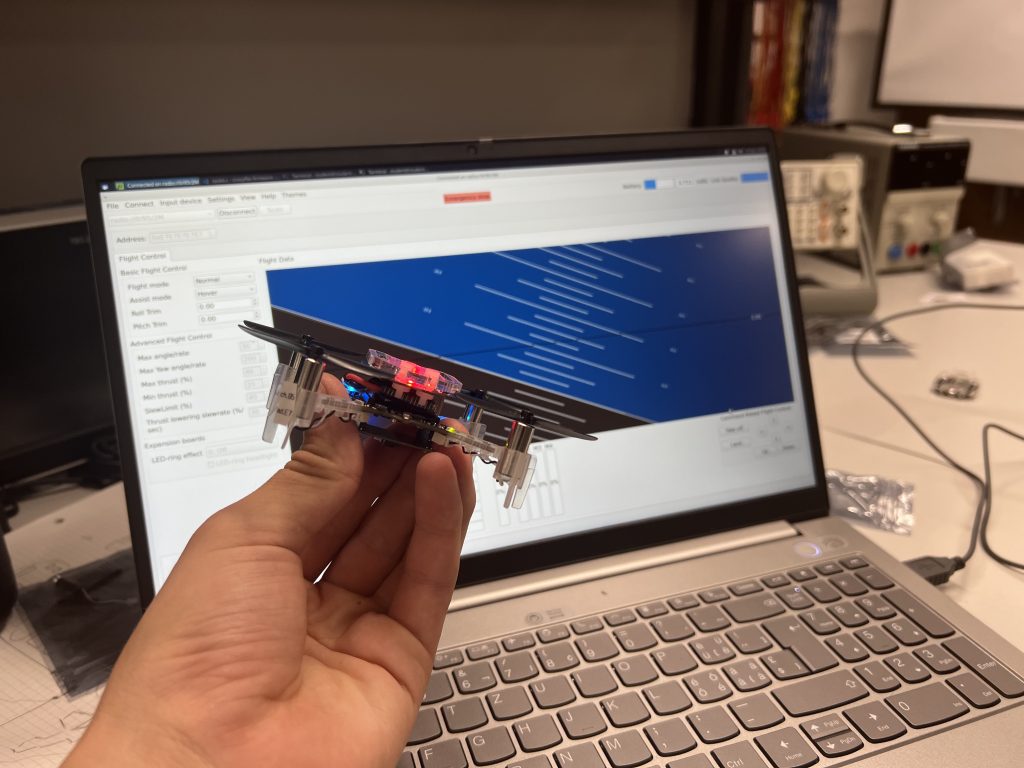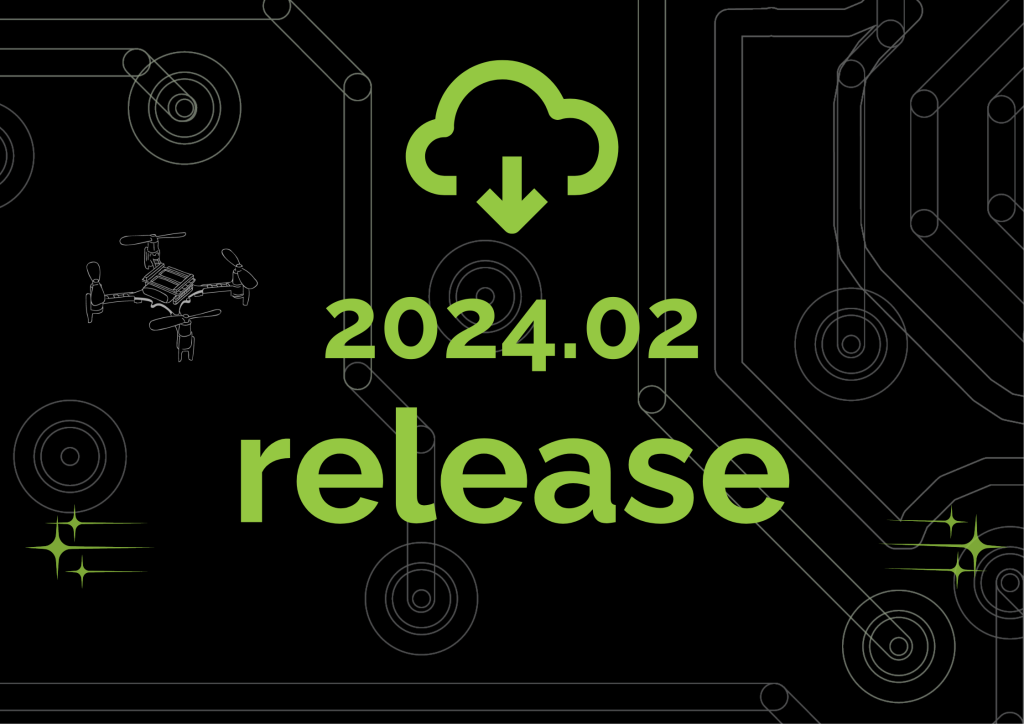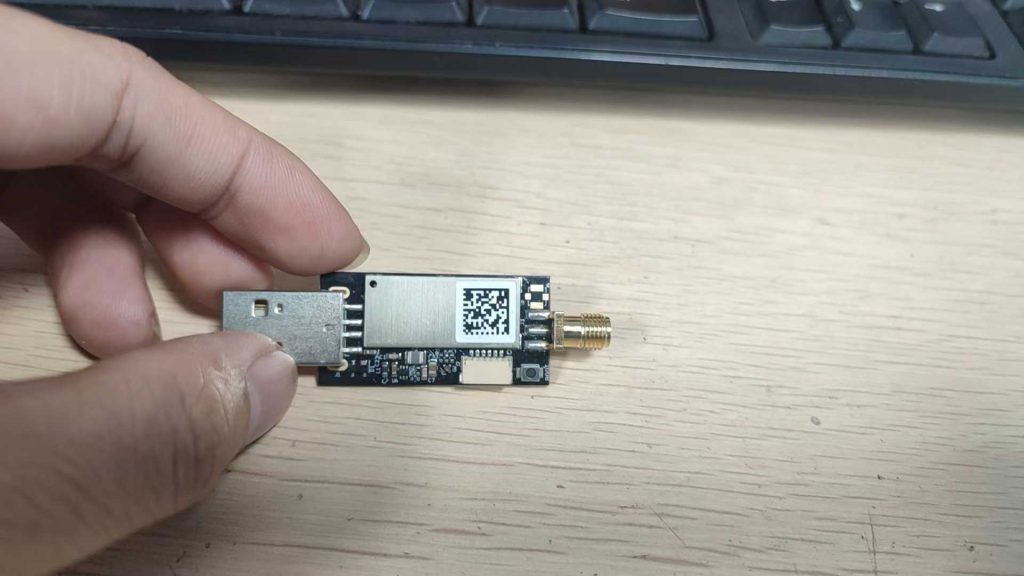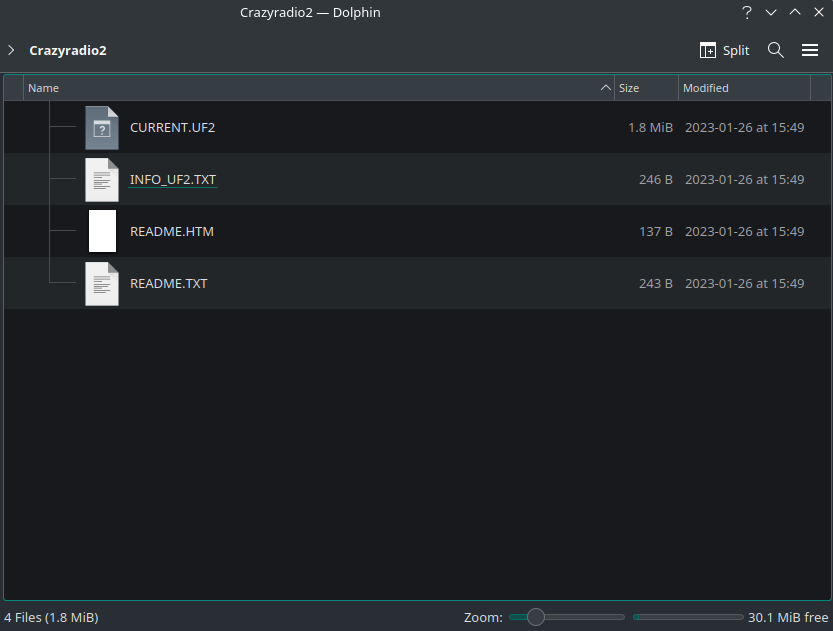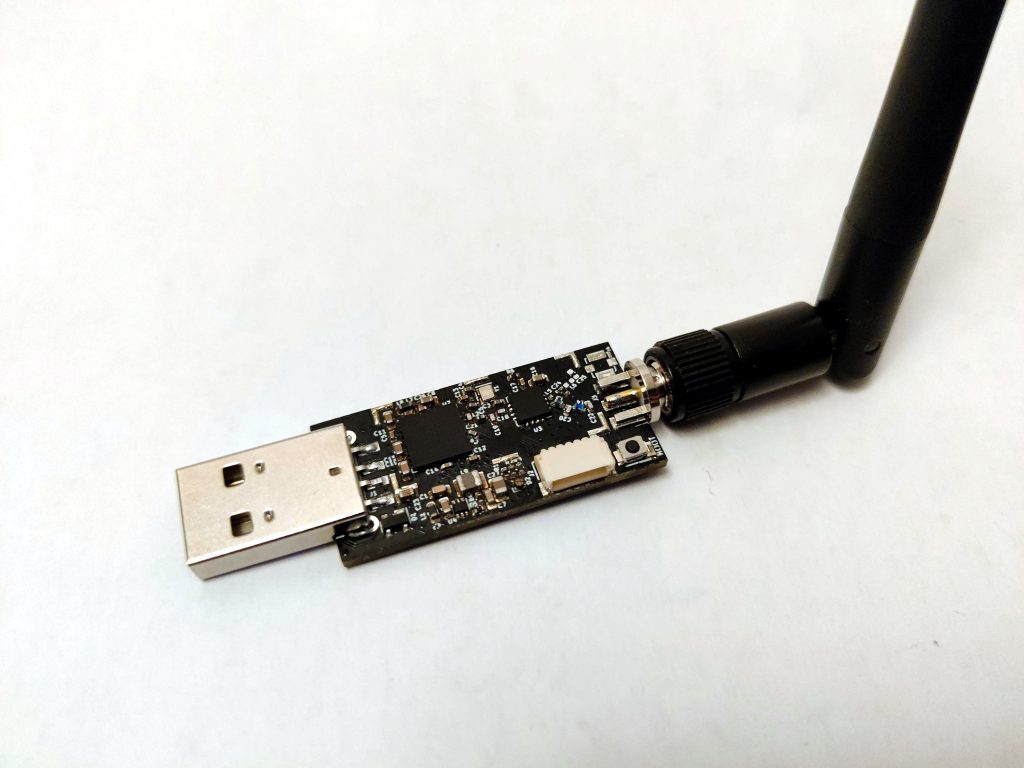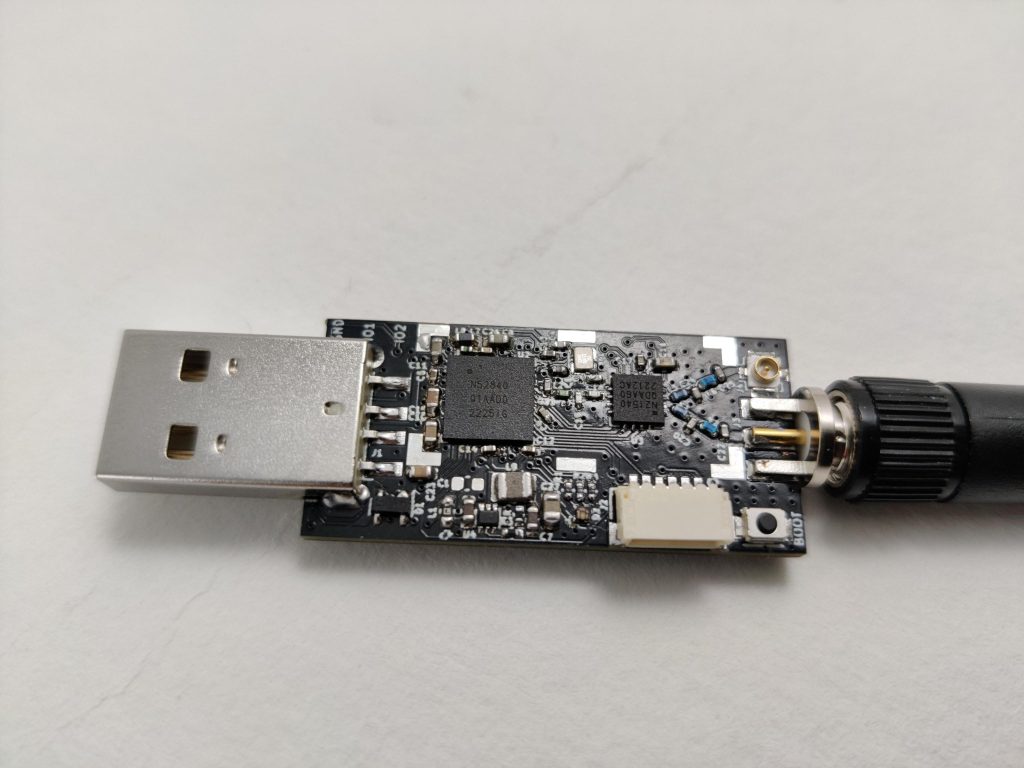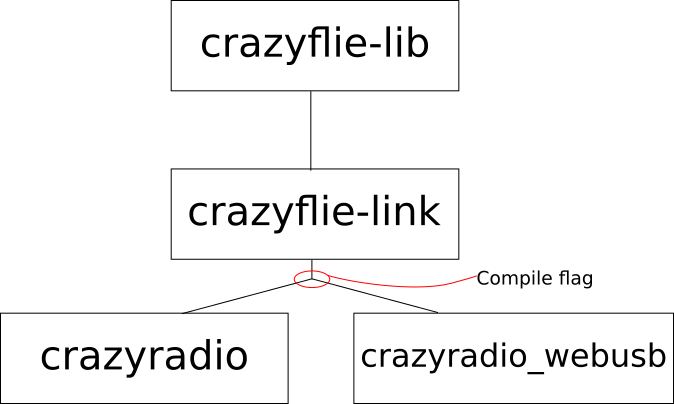2024 is almost over and 2025 is coming fast so it is a good time for us to think about what is coming for Bitcraze in 2025.

Projects
2025 will be the year of the Crazyflie 2.1 Brushless! We are finally releasing it early January. The end of the development phase was longer that expected (who would have thought manufacturing would be hard … :-), but it is now ready and we are very excited to see what awesome projects the community will come up with using the Crazyflie Brushless.
With the Crazyflie 2.1 Brushless released, we will have more time to dedicate to other projects. Following is a list of fields we think we might look at, no strong promises here though and if you think we should focus on anything specific do not hesitate to drop a comment under this post, a post on github discussions or just send us an email. We have way too many ideas, but we are always open to more :-).
We still have the Lighthouse deck V2 in the back-burner, this is likely something we will look more at soon. As a reminder, the new deck is going to support lighthouse systems with 16 base-stations which will increase the space that can be covered by a lighthouse system
We also have a Wifi camera deck in early prototype, we have been showing it at various conferences in the last years. We are still working on trying to find the perfect Wifi-chip/processor/Camera combo to make it a reality.
We (ie. I) also have a lot of ideas on how to improve the communication with the Crazyflie. Crazyradio 2.0 has a lot of untaped capabilities that we can use to implement better, easier to use and more reliable communication protocols so this is definitely something we want to have a look at.
Finally, I apparently managed to sell the Rust programming language a bit too well to the team. Some of us are even more enthusiastic than I am about it! This together with an increased frustration with Python and PyQT6 distribution to various platform will likely make us experimenting even more in Rust in the future. The first target in sight is to write a Rust lib for the Crazyflie together with binding for various languages including Python and C/C++. This means that would be able to have only one lib for most use case of the Crazyflie both in Python and in ROS.
Conferences
Arnaud is part of the organizing committee of the FOSDEM Robotics and Simulation devroom at Fosdem. Fosdem is one of the biggest open source conferences in Europe. It is an awesome community-driven conference, so if you are not too far and are interested in open-source please join us in Brussels the 1st and 2nd of February 2025!
As usual we will likely participate to a couple of robotic conferences during the year. We are not yet sure which one though so stay tuned for more information on this blog.
Team
The team has been evolving in 2024, we are now 6 in the Malmö office, Mandy is working from Shenzhen in China handling the production and Joe is doing a post-doc in Stockholm in close collaboration with us.
We are actively looking at hiring 2 more team members, one in technical support and one in Sales. Our goal is to build a team where all of us can focus on our strengths to develop even further and faster the Crazyflie ecosystem.
We wish you a great new year filled with hacking and exciting new discoveries!
